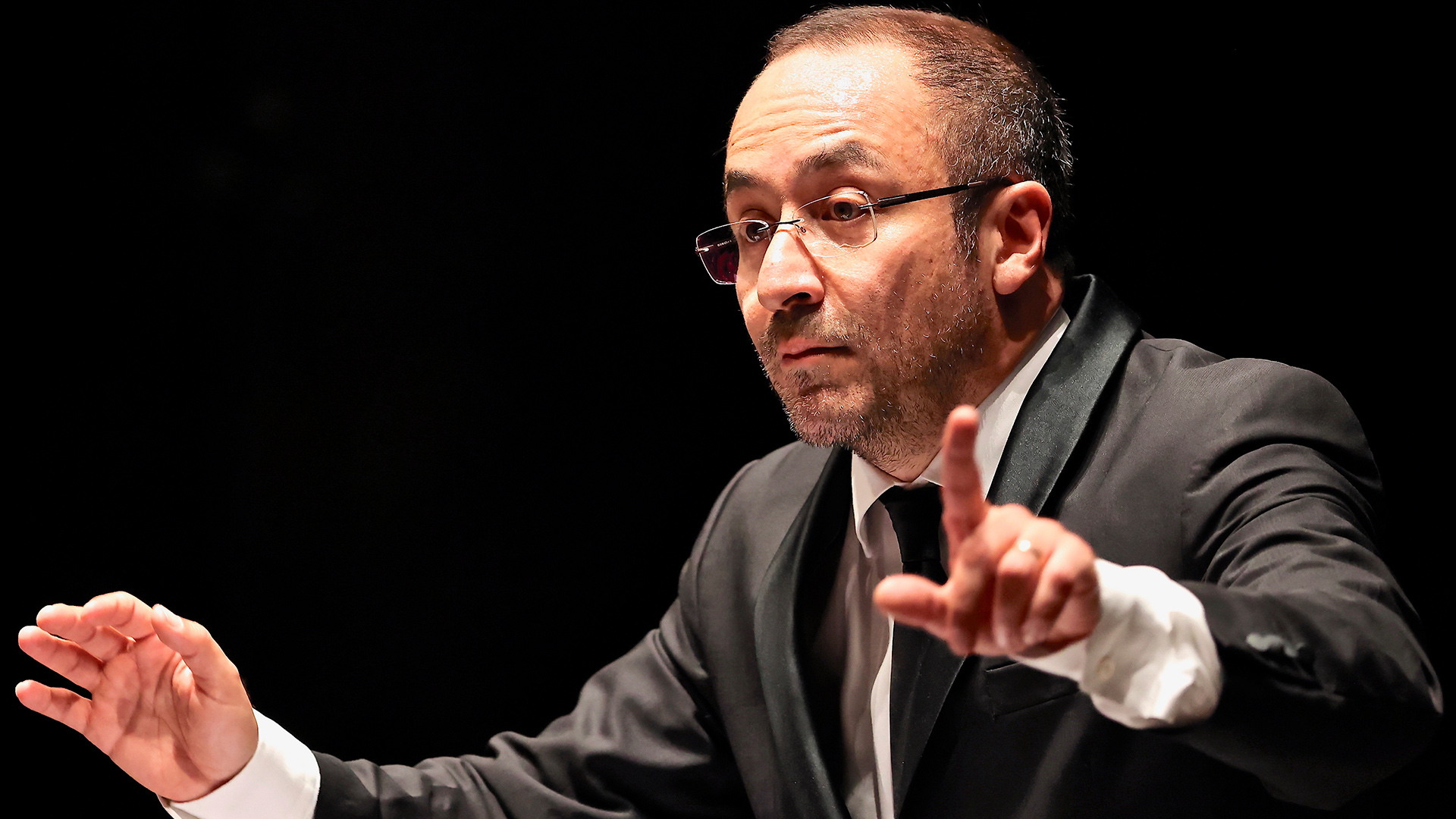CLAUDE DEBUSSY
Prélude a l’après-midi d’un faune L. 87
FRANCIS POULENC
Gloria per soprano, coro e orchestra F.P. 177
MAURICE RAVEL
Le tombeau de Couperin
(Fugue and Toccata in Gianluca Cascioli’s orchestration, first performance)
Soprano
Giulia Semenzato
Conductor
Riccardo Minasi
Opera Carlo Felice Genova Orchestra and Choir
Claudio Marino Moretti, Choirmaster
The Prélude a l’après-midi d’un faune (Prelude to the Afternoon of a Faun) is one of the most representative pieces of late 19th century France. Claude Debussy worked on the composition between 1892 and 1894, only to take up the instrumentation several years later and complete the final version. The first performance took place on 22 December 1894 at the Societé Nationale de Musique, conducted by Gustave Doret. The composer was inspired by a poem by Stephane Mallarmé, in which the poet recounts the amorous/erotic fantasies of a faun on a summer afternoon. Debussy’s musical reinterpretation is strongly evocative, although not explicitly stated by the composer, the Prélude approaches the form of the symphonic poem (a piece whose structure and content is based on non-musical material, such as a literary or philosophical text, an artistic exposition, etc.). The Prelude opens with a famous theme consisting of a chromatic scale initially entrusted to the flute, a central instrument in the composition and evocative of the faun protagonist; it is a theme of great expressiveness, sensual and nostalgic at the same time. The orchestra then bursts in almost as if to depict the emphasis of the fantasy of the faun, whose imagination palpitates. It is the orchestra that later introduces a dreamy, singable theme, which joins the restless flute line in what becomes a vibrant sigh of longing. The piece’s revolutionary significance lies in the combination of formal innovation, a highly personal use of harmony (the main theme is built on a hexatonic scale), and a melodic invention of rare preciousness. Prélude a l’après-midi d’un faune had a unique impact on Debussy’s contemporaries at a crucial time when European musical culture was tending towards major upheavals.
The Gloria for soprano, choir and orchestra dates from 1959, and thus from Francis Poulenc’s last compositional period. The composer had rediscovered his faith following great personal upheavals, and between the 1940s and 1950s he devoted himself to composing sacred music on several occasions. The piece is traditionally structured in the sections Gloria, Laudamus te, Domine Deus, Domine filii unigenite, Domine Deus – Agnus Dei, Qui sedes ad dexteram Patris. Poulenc’s work is characterised by a very personal vision of the relationship between music and sacred text, centred on the rhythmic element. It is the sound of the words themselves that dictates the musical rhythm. Another striking aspect is the alternation of moments of great joy and playfulness in which the choir and orchestra are the protagonists (such as Gloria and Laudamus te) – of which Poulenc said: “In writing them I simply thought of those frescoes by Bozzoli in which the angels stick out their tongues and also of those earnest Benedictine monks I caught one day playing football” – to moments of more composed reflection and prayer, such as the Domine Deus and Domine Deus – Agnus Dei, in which the presence of the soprano stands out. The choral parts evoke praise to God in a tone that shifts from reminiscences of folk songs to true epic triumphs, as occurs in the final section Qui sedes ad dexteram Patris. Songs like this one recall the great formal, harmonic and melodic freedom of a self-taught composer like Francis Poulenc, who had the opportunity during his life to explore so many compositional possibilities without constraints, in a cultural environment in constant creative ferment.
Le tombeau de Couperin was born, in its original version for piano, in 1917. Maurice Ravel had recently returned from his tragic experience on the front during World War I, and decided to resume a composition he had started before his departure, a suite inspired by the 18th century model, dedicating each of the six pieces to a friend who had died in the war. This explains the reasons for the title, Elegy for Couperin, which recalls both the memory of lost friends and the homage to 18th century music. The suite consists of a Prelude, a Fugue, a Forlana, a Minuet, a Rigaudon and a Toccata, thus alternating typically 18th century instrumental pieces and dances in an original, neoclassical style. Only three years later, in 1920, Ravel worked on the orchestration of the Tombeau with a view to a performance in ballet form. The new arrangement did not include the pieces Fuga and Toccata, which are, however, premiered here in Gianluca Cascioli’s orchestration. For Ravel it was common to compose initially for piano and later orchestrate, this approach was of great importance in his creative process and in a way explains some of the aspects that are immediately apparent when listening. The melodic lines and harmonies, always surprising in their originality – are linear and crystal clear. The orchestral impasto retains its original simplicity, to which colour is added with a refined interplay of timbres of unique refinement.
Ludovica Gelpi

